Did anyone else love making paper snowflakes when they were a kid? I always thought it was kind of magical how making little cuts could make beautifully symmetrical snowflakes. Eyelet patterns in fabric came about in a similar way – by punching holes in fabric.
What is broderie anglaise?
Broderie anglaise is a type of cutwork embroidery that doesn’t rely on the weave of the fabric (traditionally cotton or linen). Instead, the foundation fabric is cut, making decorative holes, then their edges are overcast to create a lace-like effect. These types of designs frequently involve romantic floral motifs, which are well-suited to the circular and oval perforations of broderie anglaise. They often feature a decorative selvedge, too, which makes them perfect to create statement hems on skirts or sleeves or pretty necklines.
History of broderie anglaise.
The term broderie anglaise is French for English embroidery. Oddly, the method didn’t originate in England but, more likely, in Czechoslovakia during the sixteenth century. It gets its name from its popularity in England in the nineteenth century. You can see an early example of this fabric in art in Philip Hermogenes Calderon‘s painting ‘Broken Vows’ (1856).
From the 1840s to 1880s, the intricate handiwork was used in English undergarments as well as children’s clothes and bridalwear, but it wasn’t until the 1870s that machines could mimic the elaborate technique.
Working with broderie anglaise.
I have just finished sewing my first garment from broderie anglaise, and I thought it might be useful for anyone who hasn’t used this gorgeous fabric to write down a few tips for preparing and sewing with it. It was always popular in my ready to wear wardrobe so I want a few me made pieces for summer.
Washing and drying –
As is the case for most fabrics, pre-washing is key to creating a long lasting, well fitted garment. While I ordinarily hand wash white fabrics, I pre-washed my broderie anglaise in a standard 40 degrees wash, as I would any other cotton (someday I may need to machine wash it rather than hand wash it so pre-washing at this temperature is essential to ensure the garment does not shrink in the future).
Most broderie anglaise fabrics are cotton so you’ll know it can be a pain to iron if it gets incredibly creased so make sure you hang it properly to dry – the more open the better. N.B. If you’re lining your garment (9 times out of 10 you’ll be lining broderie anglaise) make sure you treat the lining fabric the same way.
Cutting –
If you want to be mindful about avoid ill-placed design motifs, I recommend tracing your pattern on to tissue or Swedish tracing paper. This means you can see through to the fabric and make use of the features of the fabric in your garment design.
If your broderie anglaise has a border feature as selvages; make use of them – it will make your garment all the more special. They can make nice necklines or hems on skirts and sleeves – need I mention it means you don’t have to hem the garment. Win-win! Obviously, a selvedge border wouldn’t be suitable for a circle skirt, but it is perfect for a straight hem or gathered skirt.
Marking –
When marking your fabrics, my general rule is to test the marker before using it on the main pieces. Some ‘disappearing’ pens or even carbon can be impossible to wash out completely. You’d be forgiven for thinking chalk would be a good option, too, but it’s not always the case. Because of the texture of broderie anglaise, chalk an become embedded in the embroidery; your best bet for this kind of fabric are tailor’s tacks.
Ironing –
I treat broderie anglaise as I would velvet. With velvet, I only iron on the reverse because you don’t want to flatten the pile. With broderie anglaise you want to avoid flattening the embroidery. It is also a good rule of thumb to use a press cloth on broderie anglaise because the thread that is used to embroider the eyelets is generally synthetic.
Lining –
Most eyelet garments will need to be (at least partially) lined. If you’re concerned about modesty, opt for a fabric close to your skin tone. Also, while I didn’t use any interfacing to stabilise any part of my make, avoid using interfacing on the broderie anglaise because you’ll see it. Use it on the lining, instead.
Finishing and Hemming –
Because there are holes in the fabric, your finished seams will be visible so French seams or overlocking will work best. Similarly, when hemming, you’ll want to reduce bulk so a simple turned hem will work best for lightweight eyelet; if your fabric is heavily embroidered, stick to a single fold hem.
Supplies for Sewing with broderie anglaise.
Thread – all purpose cotton or polyester thread are perfect.
Needle – 70/10
Styling broderie anglaise.
Chances are, if you are sewing with broderie anglaise, you’re creating a light and romantic style of garment. Whether you’re sewing it up into a dress, top or skirt, you’ll achieve an effortlessly chic look that will take you from morning to evening.
My Kosedo Studio Lima Dress
I’ve made a few of these dresses now, but not a summer version. I was totally sold on this dress when I first saw it trending on Instagram as part of a Black Makers Matter sew-along last August but since summer was at an end, my Lima dresses ended up as autumn/winter appropriate. Featuring princess seams, V-neck, a gathered skirt (with length options) and those gorgeous puff sleeves, this dress ticks all my boxes.
Every version of this dress that I have seen (check out the hashtags #madewithkosedo and #kosedolimadress) is strikingly different, simply by mixing up the fabrics and the prints and varying the length. I’ve also seen gorgeous variations of the sleeves; for example, not gathered at the bottom but still really impactful. I think it is the drama of the sleeves that really make this dress for me. My partner made a comment about it being a bit ‘Elizabethan’ and I’m all for that! Puff sleeves did emerge in the Renaissance but the popularity of the look has ebbed and flowed throughout history, featuring prominently in Edwardian fashion and enjoying a renaissance of its own in the 1930s and 1940s as a response to the 20s focus on shapeless silhouettes and more masculine styles.
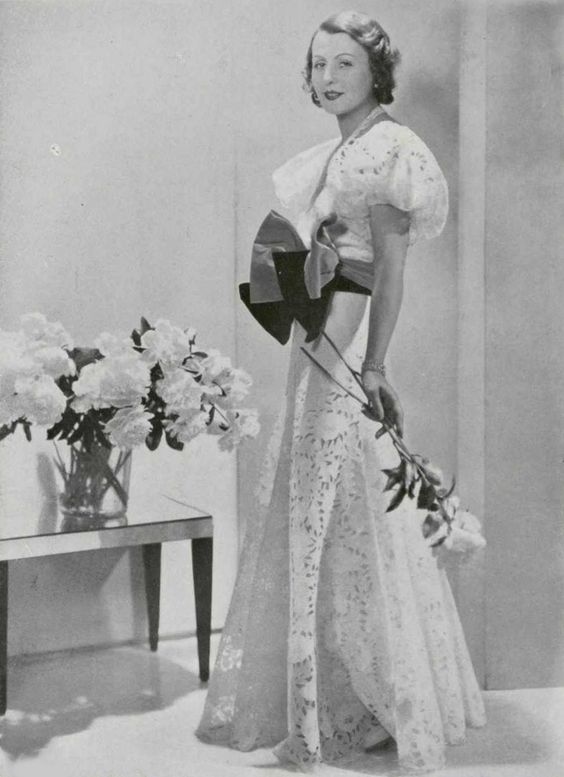
There is something so fabulously feminine about the puff sleeves which are my favourite feature of the Lima dress – and they’re much more easy to achieve today with the range of fabrics we have to choose from that they would have been in previous centuries when people had to use stiffeners to make the fabric do what it needed to do!
It is worth saying that the size chart for this pattern is incredible and unlike any I’ve ever seen; it comes with various bust sizes, too, to help you customise the fit.
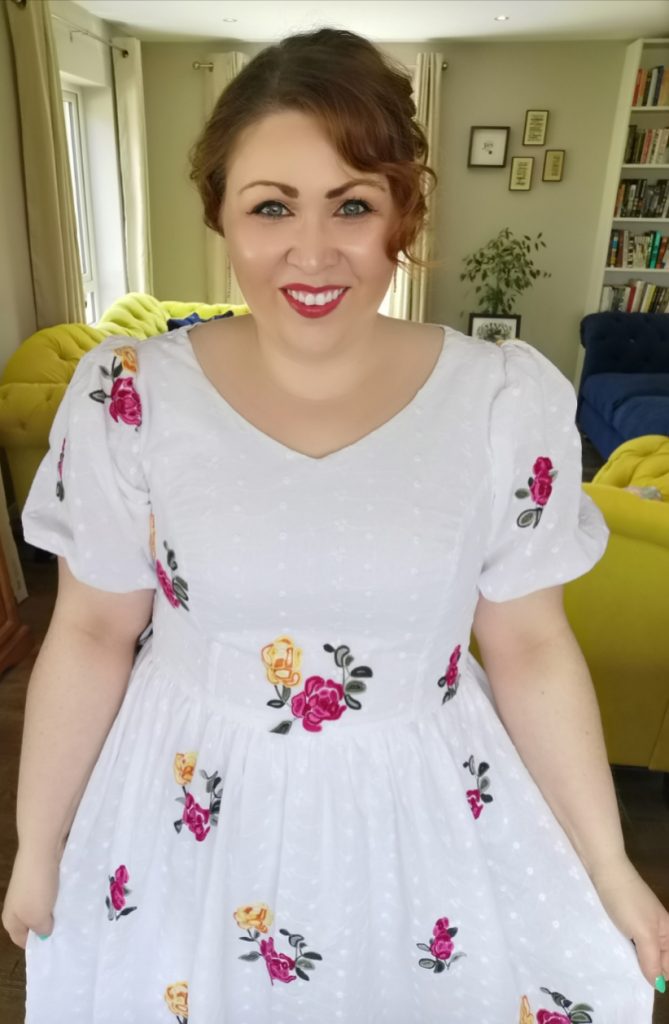
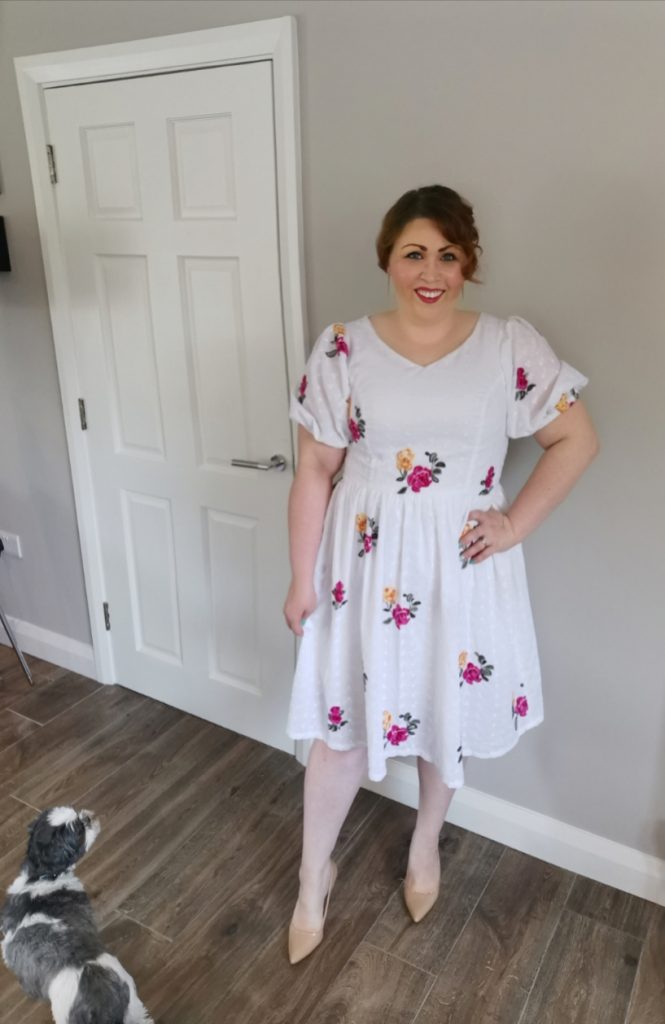
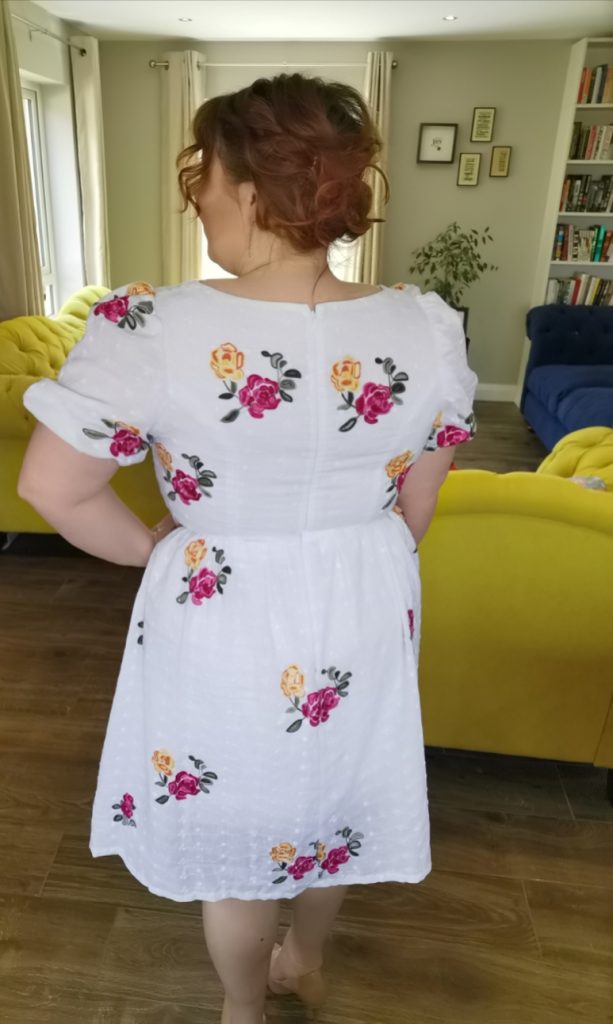
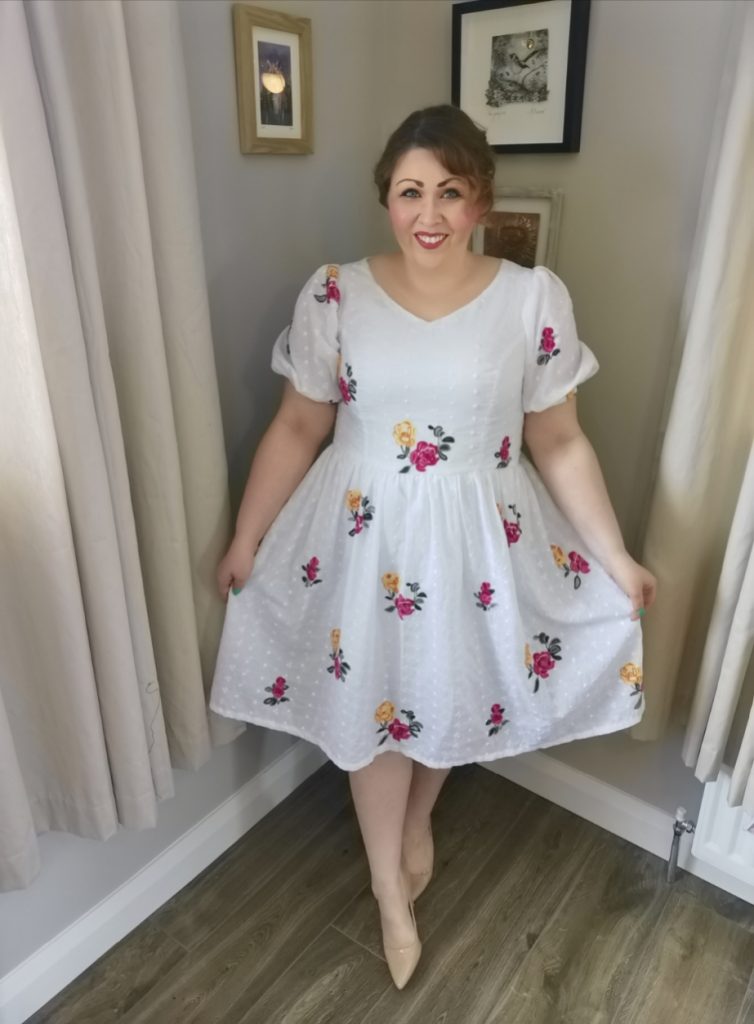
Broderie Anglaise from Sew Anonymous
Pattern Inspiration
Broderie anglaise is a versatile fabric with endless options for sewing your own garments – here are my top 5 pattern choices for sewing with this beautiful fabric.
- Mindy Dress, Fibre Mood
Mindy is a Balkan inspired dress featuring a square neckline (yes, please!) and puff sleeves (another trend I love but if it’s not for you, just leave out the elastic in the hem and you’ll have beautiful, floaty butterfly sleeves.
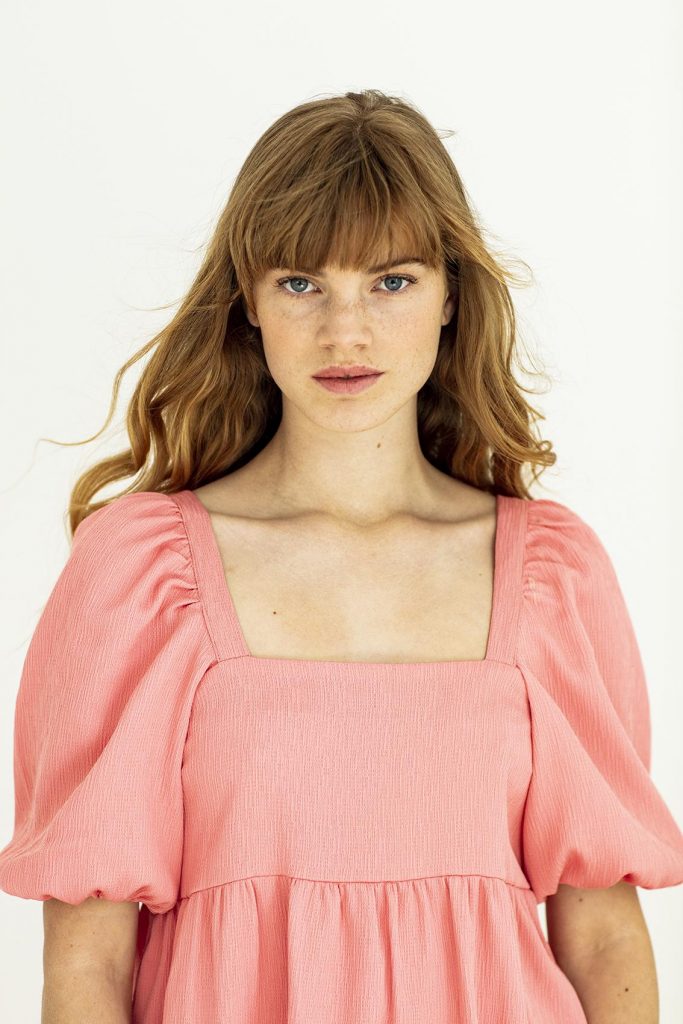
- Top 19, You Made My Day Patterns
Isn’t this the very essence of summer? This top can be made into several variations – from a classic summer top to a more vintage-inspired crop top; the shoulder ruffles are optional, as is the gathered panel at the bottom.
- Lizzie Skirt, Sew Over It
This is a fully lined skirt so it would be a perfect option for sewing with broderie anglaise. 1950s-inspired, this skirt has a cinched waist and pleats create a lot of fullness. While the pattern is intended to be classically knee length, you can easily adjust this to be whatever length you wish.
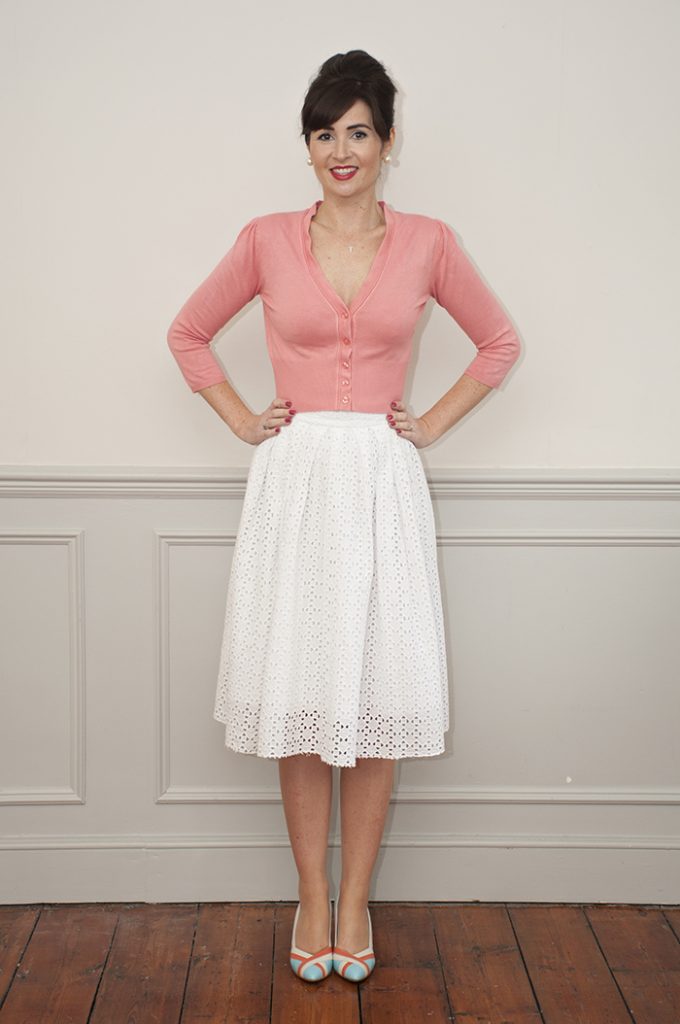
- Flor Dress and Cropped Top, Bella Loves Patterns
Flor is a romantic wrap dress and cropped top which screams broderie anglaise to me. It features statement shoulder ruffles, princess seams (which I love!) and wide waist ties. Whether you opt for the high waisted cropped top or midi-length dress with gathered waist and tiered skirt, this pattern will be a hit for summer days.
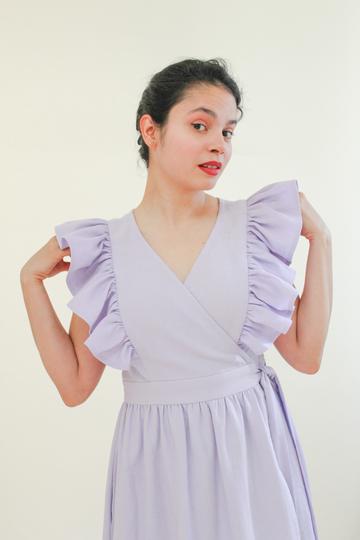
- Hazel Dress, Seamwork
The perfect sun dress, Hazel is a simple project, featuring a V-seamed bodice which is a great way of using different fabrics to colour block or to play with stripes. I think it would be beautiful in broderie anglaise for summer.
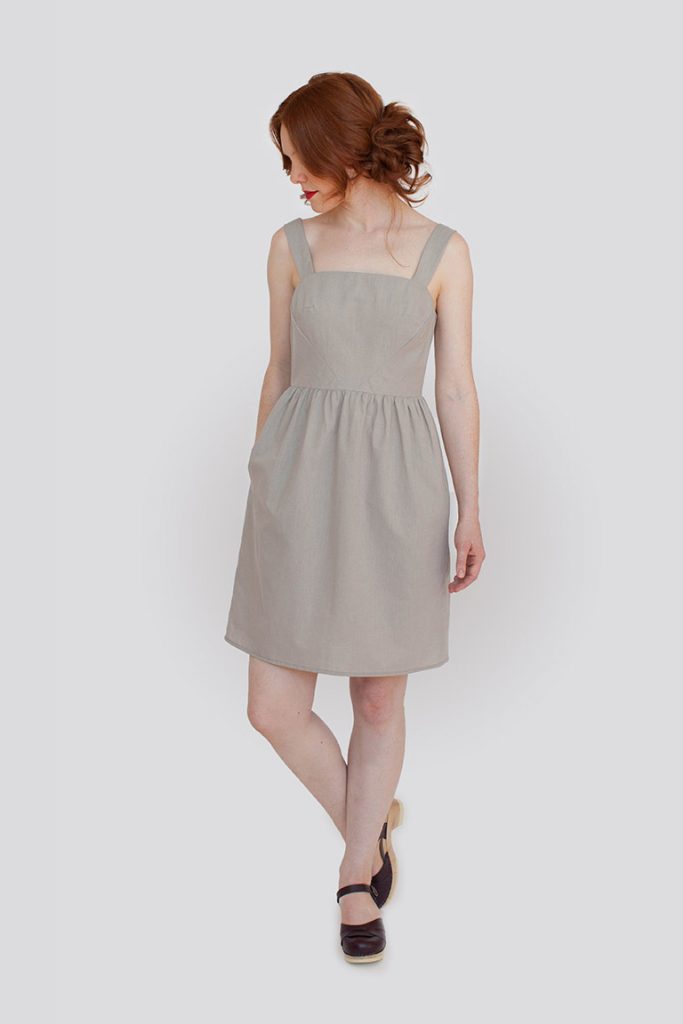
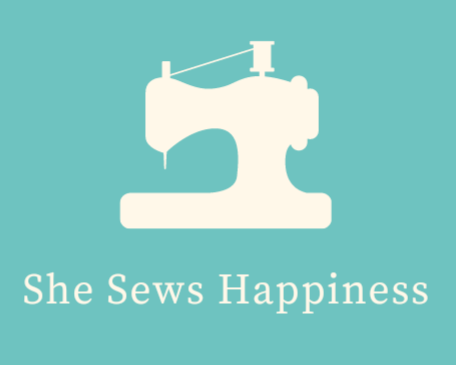
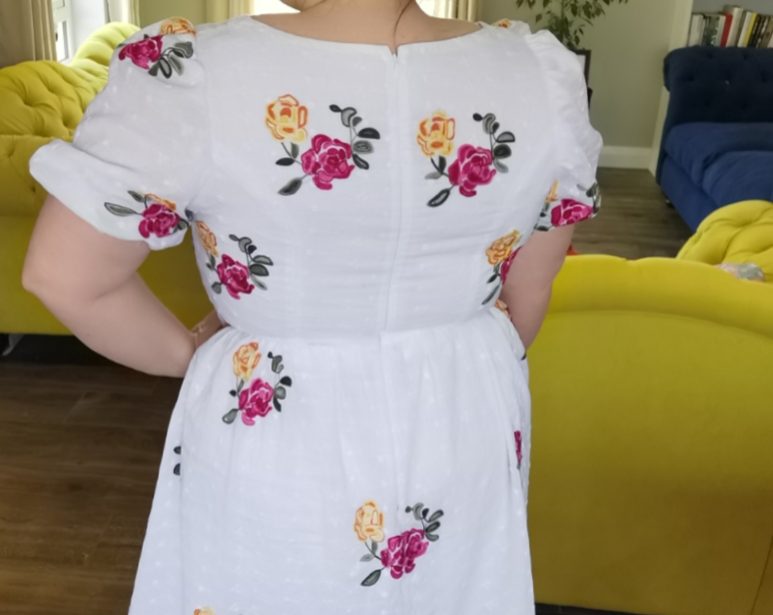
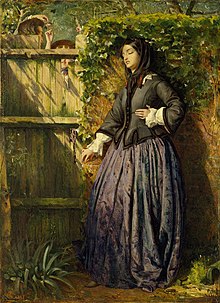
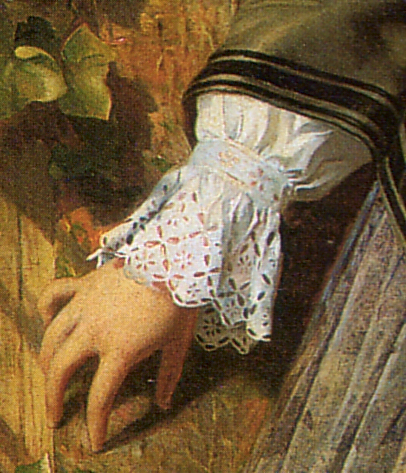
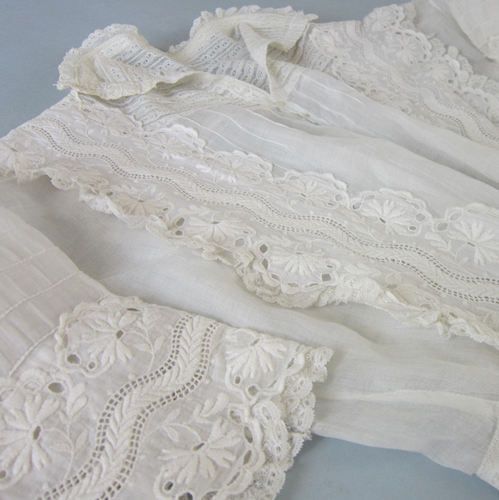
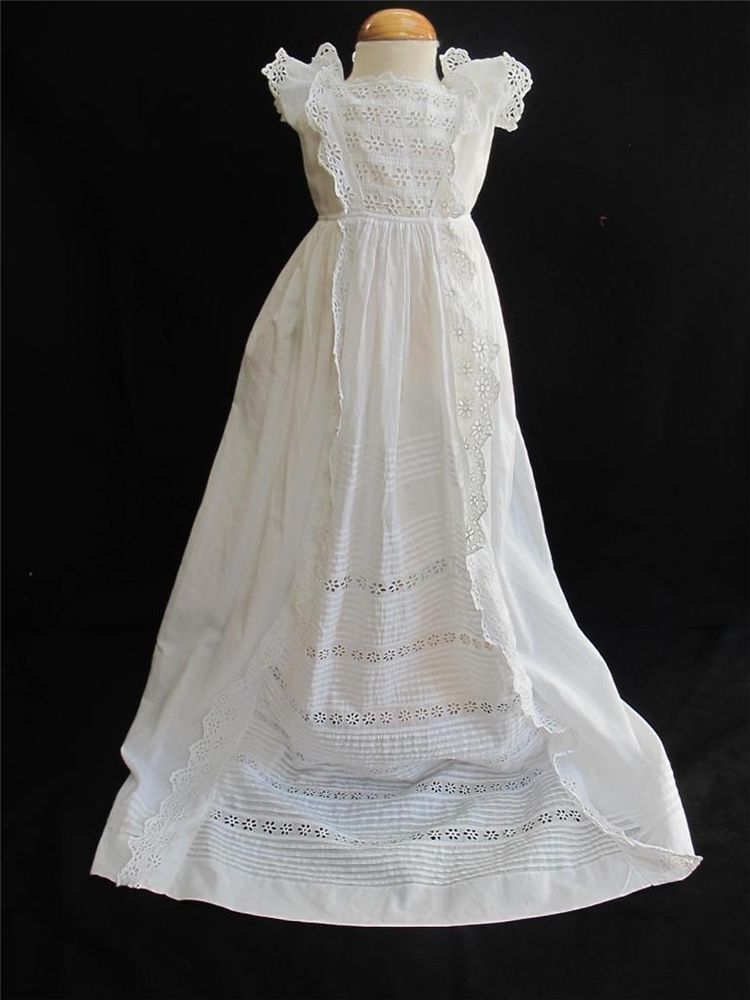
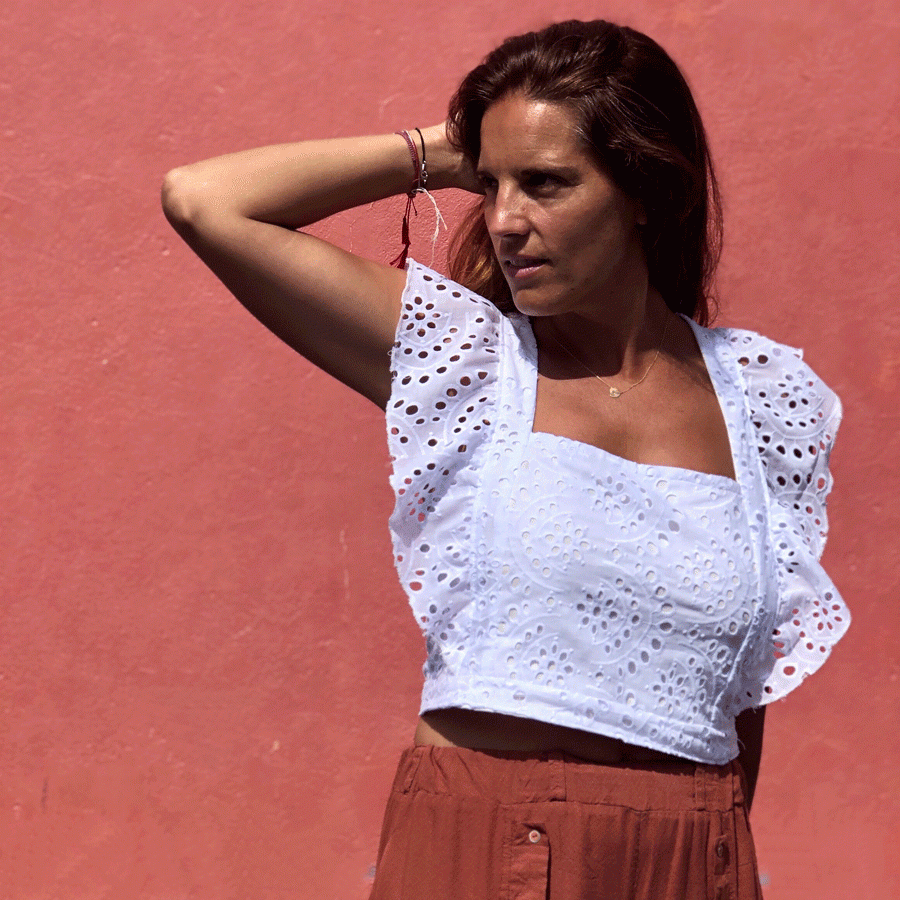
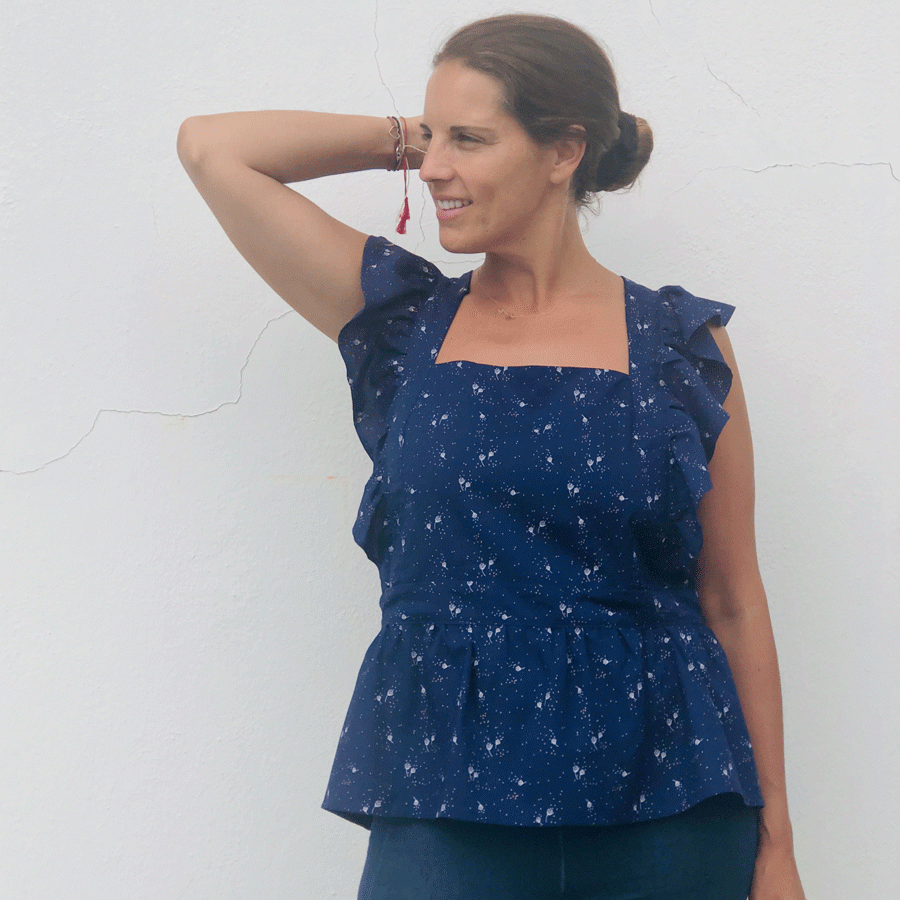
Hi Mary-Ellen,
Thank you for your fabulous blog on sewing broderie anglaise. I bought the fabric and have been watching it calling me to begin so I washed it, ironed it and cut out the pattern yesterday about to sew today. I tried French seams and using a bias binding and think I will alternate according to the seams in the pattern. V9347 with the gathered open sleeve. I was so grateful to read your thoughts and tips – especially to iron on the wrong side and to use tailor tacks as even chalk may mark.
Your dress suits you wonderfully and you glow in the pics.
My overlocker does not like the variation in the fabric so I will stick to my sewing machine for the time being as my overlocker is days old and I am very much a novice in that department. If you have any tips re overlocker for this fabric, I’d be most interested.
Look forward to staying in touch, Jill from Sydney Australia
I have to admit – my Singer overlocker is quite a basic one but it really does the job.
Like all cotton fabrics, the tension is set between 3 and 4 and I never have any issue.
The only time I ever had a problem was until I changed the needles on myoverlocker – I am guilty of not doing this often enough!